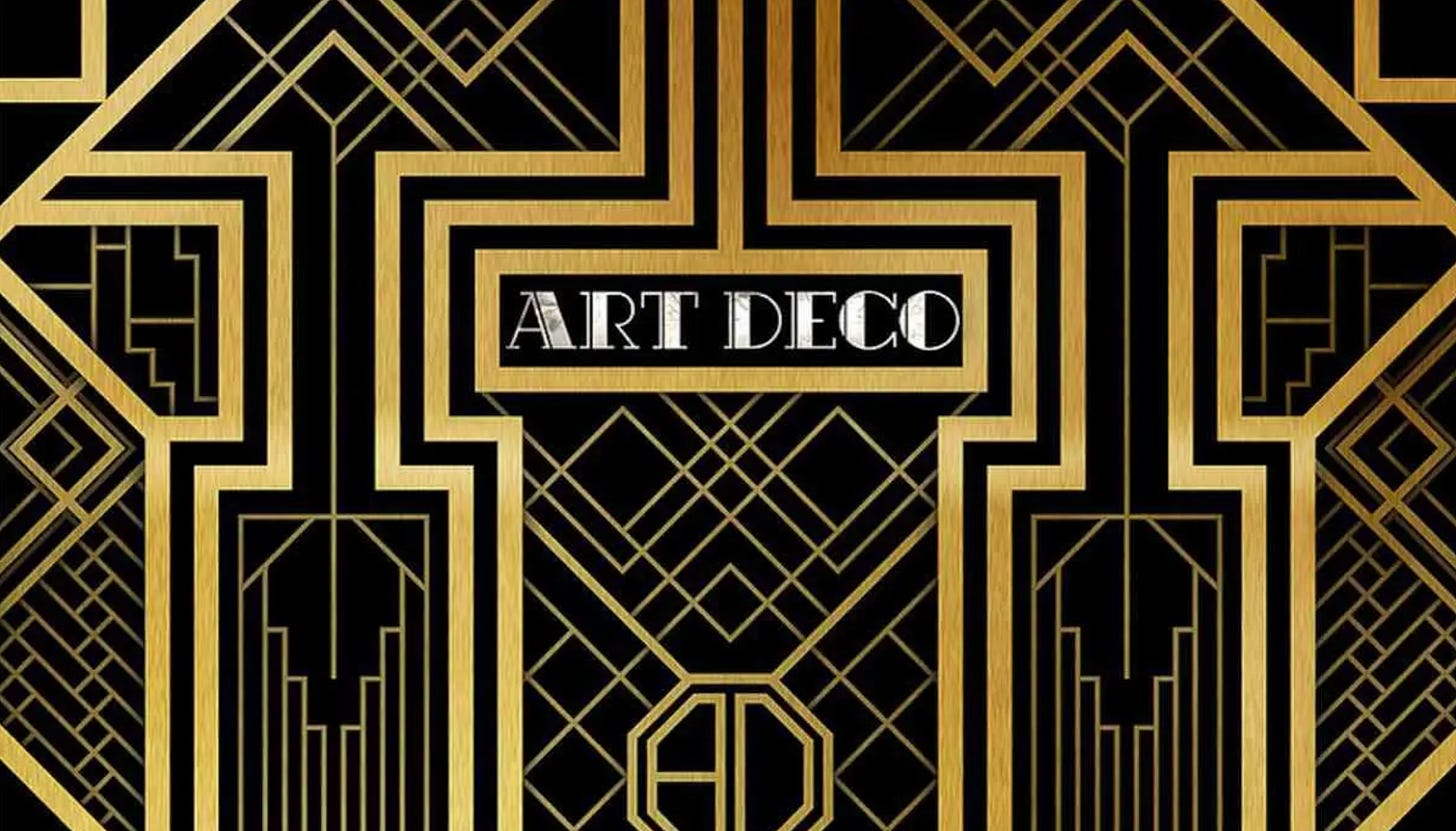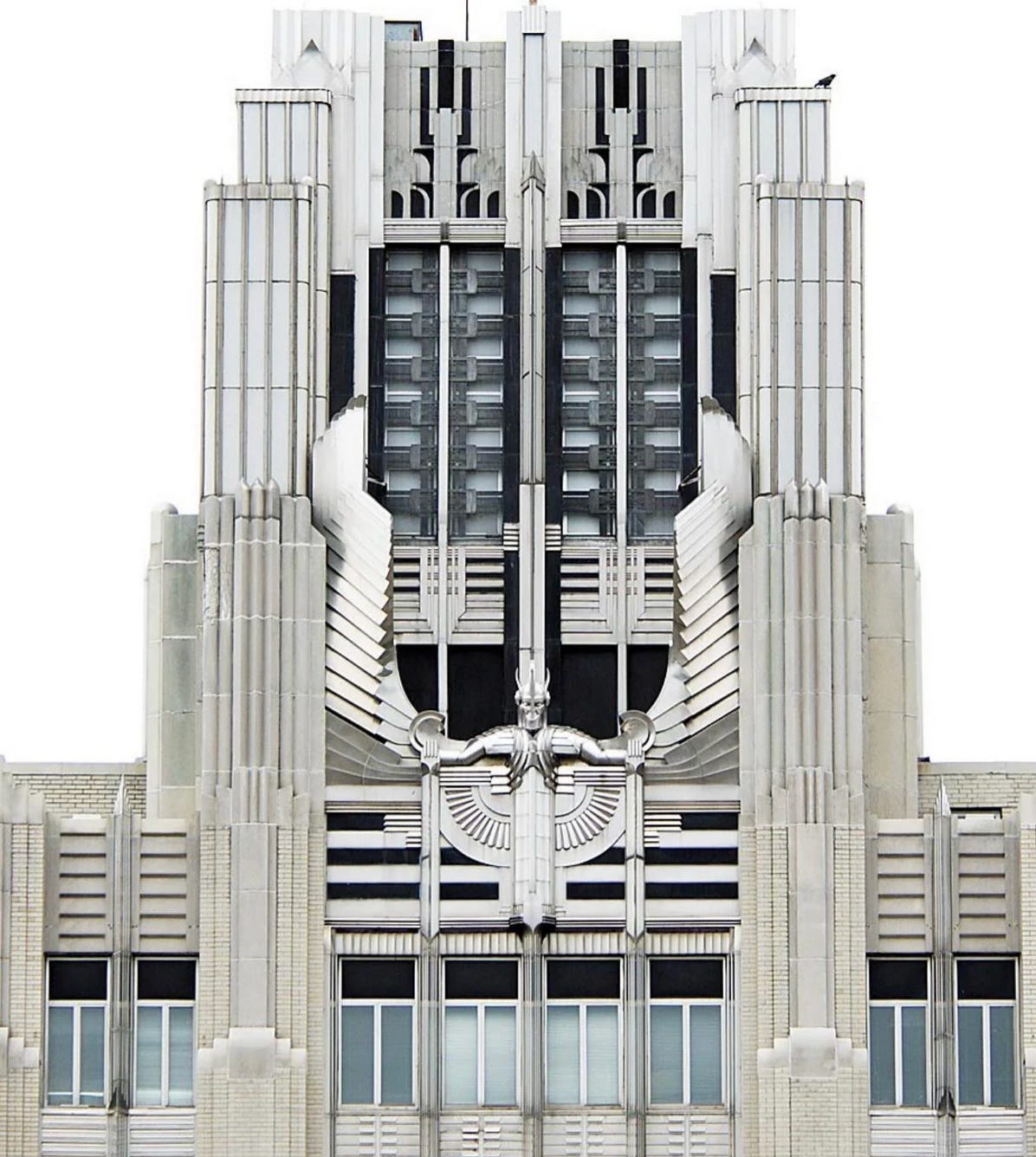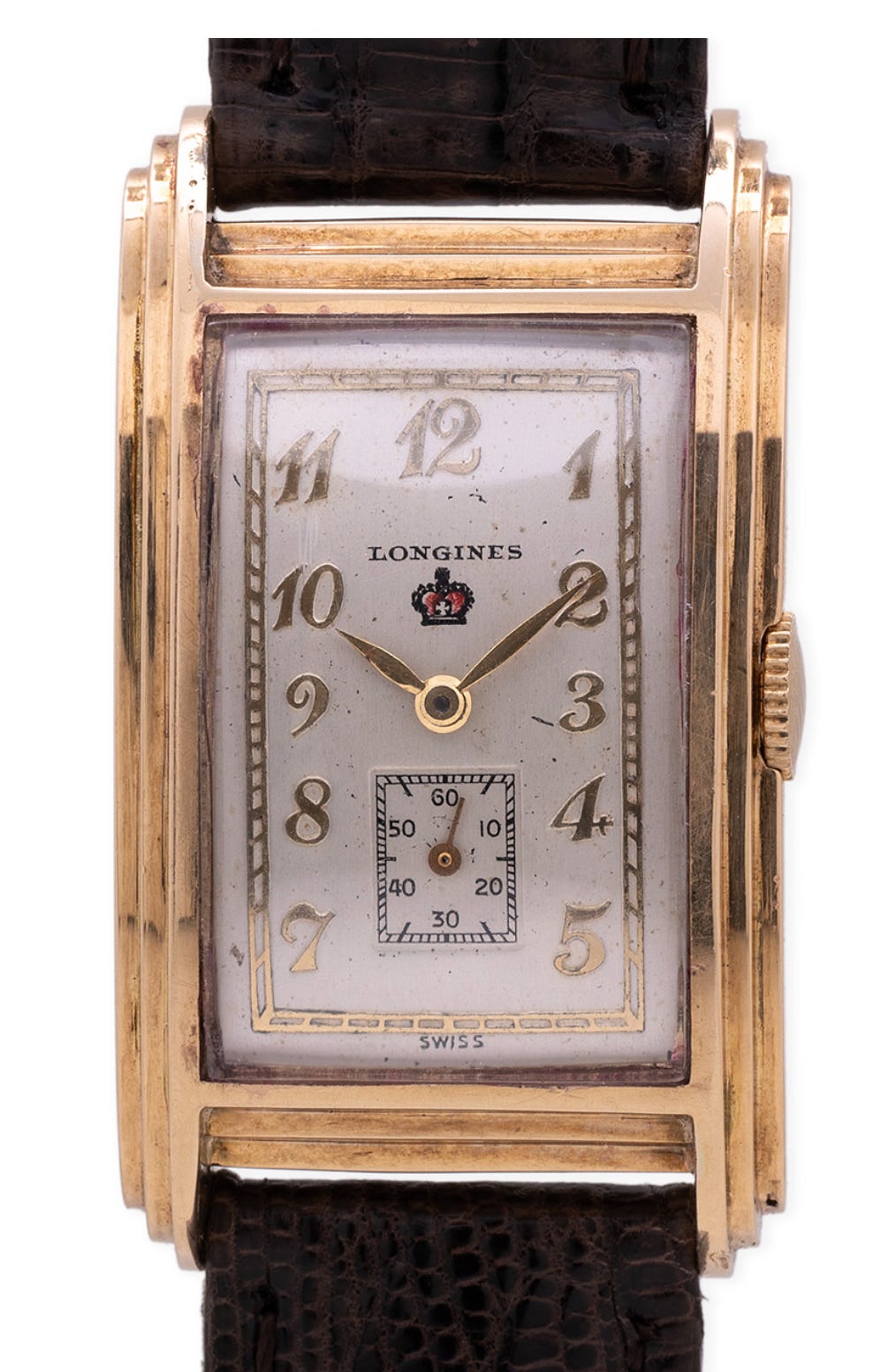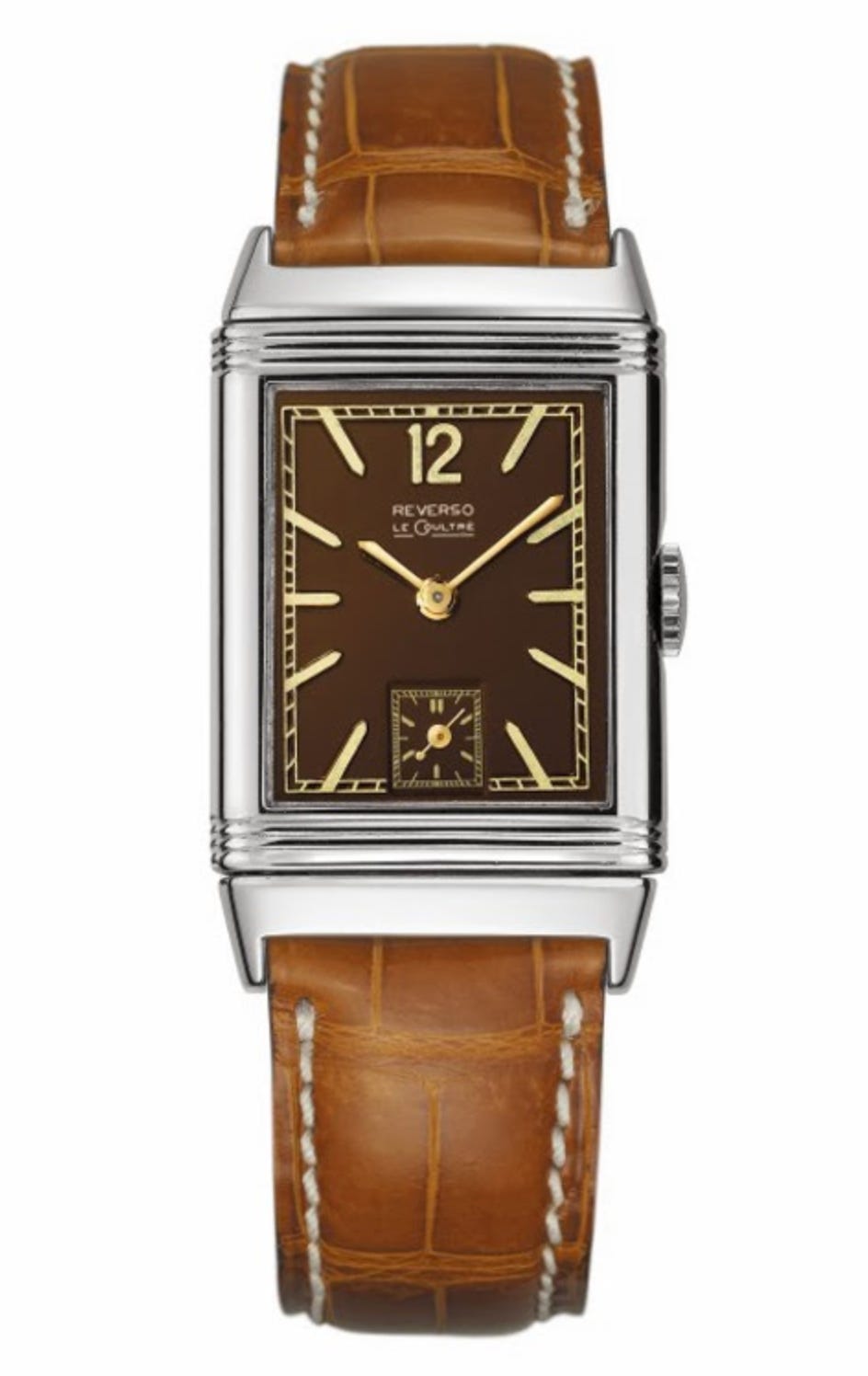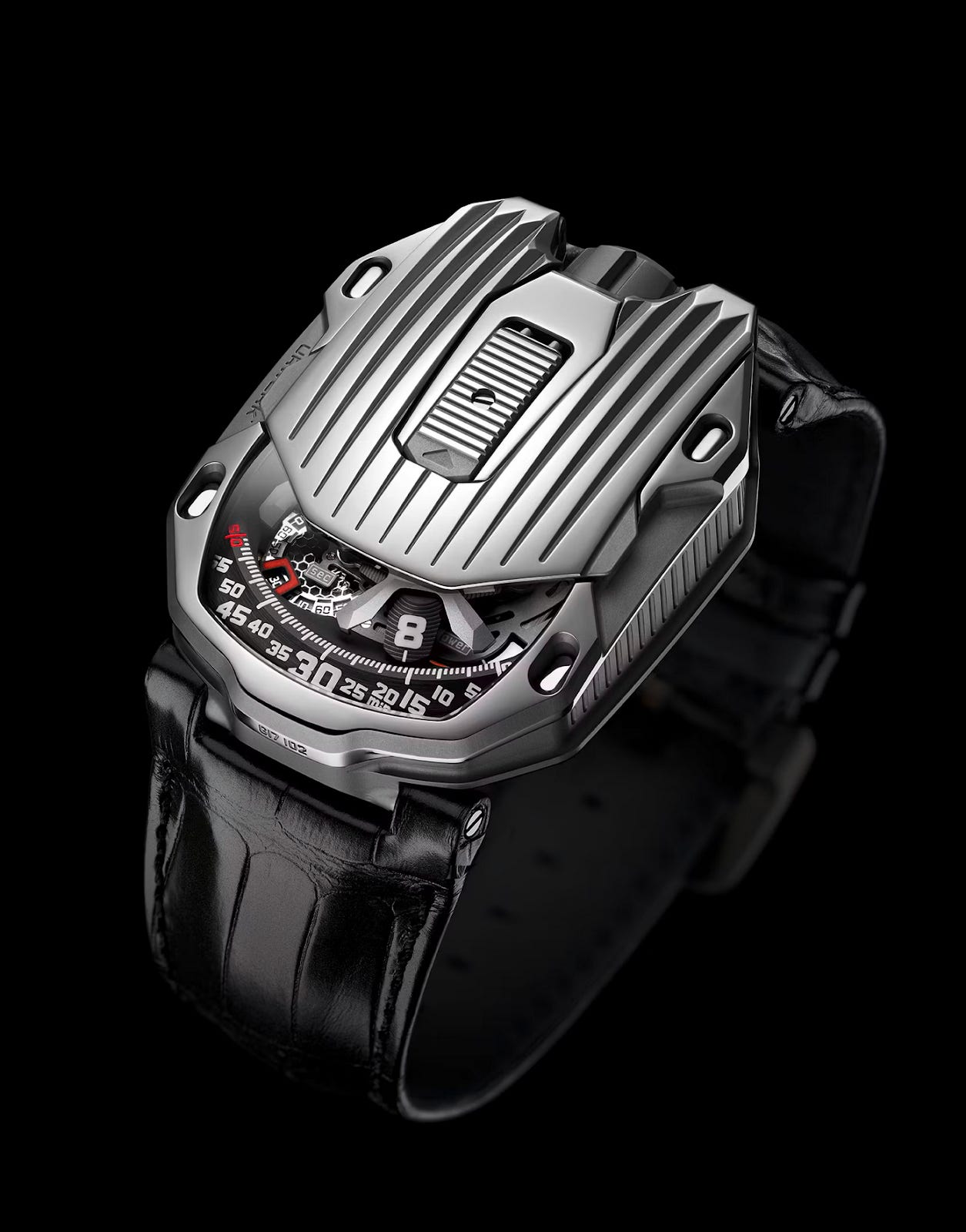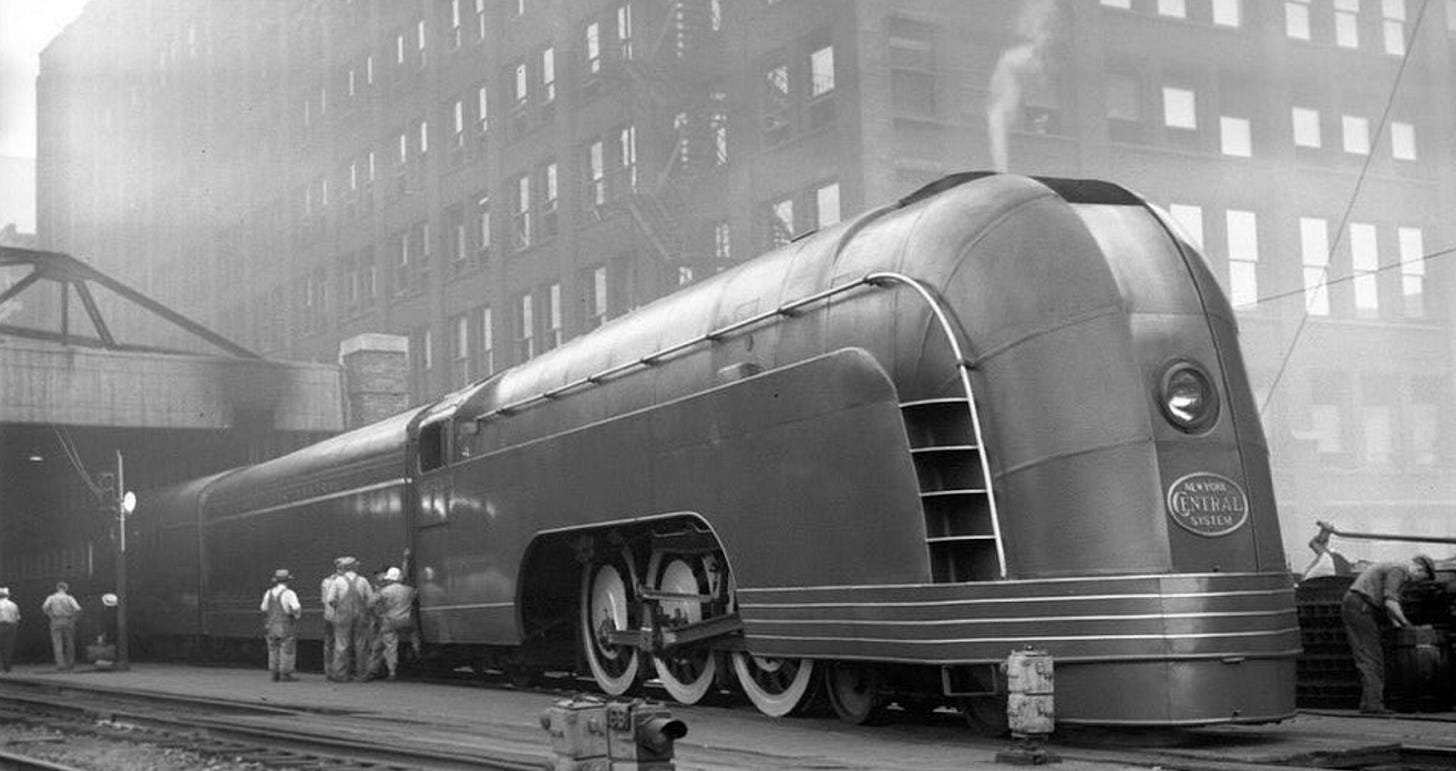The Timeless Elegance of Art Deco Watches
Often referred to as the Golden Age of design, Art Deco had a significant influence on watch design, in the early 1920s and 1930s, and continues today to inspire modern watchmakers.
A style of visual arts
The Art Deco artistic movement gained world-wide prominence in the 1920s and 1930s, flourishing across the United States and Europe. It touched almost every aspect of human life including movie posters, graphic design, architecture, product design, trains, furniture, and interior design.
The movement represented elegance; glamor; wealth; exuberance; sophistication. As these were the cultural and historical values of the period. It also expressed the optimism and prosperity of the years that followed WWI.
In the aftermath of the war, people in western societies longed for change and for a break from the past; to leave behind the memories of the war. Cities were expanding; technology was advancing; society was undergoing a transformation. The Art Deco movement was effective in capturing the spirit of this age; it offered an emotional bridge to a new and more evolved society; it proposed a forward-looking interpretation of life.
Short for Art Decoratifs, at the heart of the movement’s artistic expression was a style of visual arts that focused on the essence of what was visually appealing: through bold and stylized geometric forms, richness of materials, and futuristic elements. This was in opposition to an age of machine standardization that was sacrificing aesthetic beauty in favor of mass production. Art Deco was in fact rarely mass produced.
With geometric stylized shapes, which included triangles, squares, rectangles, circles, product designers, architects, and artists created opulent, but also simplified and abstract decorative motifs. And they used zig zags, sunbursts, angles, lines, and stepped forms to create bold and dramatic patterns that conveyed a sense of order, symmetry, and precision (Fig. 1).
Symmetry above all. With symmetry, Art Deco artists created a visualization of order and balance; harmony and equilibrium. Iconic Art Deco decorations used bright and opulent colors such as silver, gold, black, white, and red to enhance contrast and visual interest. Metallic colors were used to symbolize the age’s technological advancements and the appeal of the machine age. Whereas luxurious materials like marble, exotic woods, fine metals symbolized quality and durability.
Fig.1 - Art Deco Patterns
Source: Rosie Lesso, thecollector.com
Paris 1925, and later
The Art Deco style originated in France. The birthplace is the 1925 Exposition internationale des Art décoratifs et Industriels Modernes, held in Paris. This is where and when the Art Deco movement was first exhibited and received international recognition. The exposition was a success: it lasted 6 months and attracted around 6 million visitors.
Although the intention was for the exhibition to reflect the life of the common person, most products displayed were designer goods aimed at the wealthy elite.
Surprisingly, especially considering the proliferation of Art Deco in the US in later years, American designers did not participate in the Paris exhibition. As designs needed to be exclusively modern and not based on historical styles, apparently no American designer could meet the requirements for participation in the exhibition.
By the mid-1930s, however, the United States had firmly established itself as a leading center for Art Deco, with its distinctive interpretation of the style influencing architecture, design, and popular culture. The American style found expression in locomotives, skyscrapers, roadside diners, jukeboxes, and advertising displays.
Later, the Great Depression of 1929 brought devastating effects at an international level. It deflated economies and the lively spirit of the people. As a result, the glamorous Art Deco style and the notion of excess and opulence which characterized it, left room for a new style, one that was sleeker and less opulent, known as Streamline Moderne.
The new style reflected the period's fascination with speed, efficiency, modernity, and was inspired by advancements in transportation and industrial design. Eventually, the inception of WWII and the following rise of modernism pushed Art Deco out of fashion.
What influenced Art Deco
Although it received international recognition with the 1925 exhibition in Paris, the Art Deco movement first originated following the industrial revolution. It was a response to the Machine Age and to the aesthetics of industry and modernity. It emulated the streamlined features, straight lines, bold shapes, and metallic surfaces, typical of a society that was becoming industrialized. Its style was influenced by ships, motorcars, skyscrapers and trains; by modern industrial materials such as shiny metals and hard plastics.
But it also combined elements from previous and contemporary artistic movements, creating a blend of various stylistic influences. In fact, Art Deco has several artistic overlaps with Art Nouveau, the movement that preceded it.
Examples are Art Deco’s reliance on simplified versions of people and animals, depicted in an abstracted, stylized way; the reliance on lines to suggest movement and energy, although the shapes in Art Deco are more angular and directional than what can be seen in Art Nouveau; and the use of plant forms and curved shapes.
From Japanese prints, Art Deco adopted the use of flat, simplified designs; the use of clean and bold shapes; the use of cropped compositions; the adoption of elegance and restraint. The overlap with Cubism is obvious in the use of block and geometric shapes; angular fragments; with the intention of conveying clean and industrial aesthetics. The use of bold colors and straight lines came from the Dutch movement De Stijl. Italian futurism transmitted to Art Deco the love of the machine, the invocation of speed, energy and movement.
Ancient and historical art tradition also significantly influenced Art Deco’s style. For example Egyptian art, as well as central american indigenous art - Mayan and Aztec shapes and patterns - provided strong cues to the Art Deco design codes.
Art Deco Watches
Several Art Deco features influenced the design of watches, in the 1920s and 1930. Watchmakers like Longines, Cartier, Bulova, Patek Philippe, Elgin, and Jaeger LeCoultre adopted Art Deco design codes and created iconic watches, which have remained timeless, and are today much sought after by collectors.
The following three wristwatches exemplify the aesthetic codes of the Art Deco movement: the Bulova Gladiator, the Longines Coronation King George VI, and the Jaeger Lecoultre Reverso. All three embody the sense of luxury and glamor that was typical of the Art Deco period. The Reverso, in particular, continues today to be admired for its simplicity, harmony, and classic elegance.
Decorative opulence
The Bulova Gladiator was launched in 1930 (Fig. 2), during the height of the Art Deco movement. Its geometric and symmetrical design and sophisticated decorative elements express the decorative opulence of the Art Deco style.
The case features clean lines and a distinct tonneau shape with a stepped, beveled, and curved design; sophisticated engravings of Art Deco motifs ornate the case sides. The dial includes stylized numerals that reflect the bold and decorative typographical trends of the period. The watch uses quality materials like gold and silver and exhibits meticulous craftsmanship.
Additionally, the Bulova Gadiator has a clear link to the contemporary Art Deco architectural style, as it exemplifies the form and aesthetics of Art Deco skyscrapers, the Niagara Mohawk Building in Syracuse NY, being a good example of this (Fig. 3)
Fig. 2 - 1930 BULOVA Gladiator
Source: empress.cc
Fig. 3 - The Niagara Mohawk Building in Syracuse NY
Source: wikipedia.com
Grandeur and Importance
The Longines Coronation King George VI was created to commemorate the coronation of King George VI, in 1937; its distinctive and sophisticated design aligned with the period’s luxurious tastes (Fig. 4).
The rectangular shape of the case, with its clean lines and the repetition of the stepped form on the four sides of the case creates a symmetry and elegance which are vintage Art Deco style. The use of gold and fine leather aligns with the opulence often characterizing the elegance and sophistication of the Art Deco aesthetics. The Breguet style of the numerals on the dial reflect the decorative and typographical trends of the period.
Similar to the Bulova Gladiator, the Longines watch features a clear link to the Art Deco style of several American skyscrapers, with its stepped form and repetitive patterns (Fig. 3).
Fig. 4 - Longines 14K YG Coronation King George VI
Source: elginwristwatches.com
Blending form and function
Without hesitation, the Jaeger LeCoultre Reverso is the watch that best exemplifies the elegance and innovation characteristic of the Art Deco period.
The Reverso was introduced in 1931 and designed for polo players who needed a watch that could withstand the rigors of the sport. Similar to the Longines watch, it features a rectangular shape that was typical for watches of the early 20th century. As wristwatches became more and more popular, supplanting the pocket watch, brands wanted to energize the market by proposing cases with shapes other than round, for example square or rectangular.
The Reverso features clean lines, repetition, patterns, and symmetry; it creates a harmonious ensemble; it emanates a strong visual appeal.
The unique flipping mechanism of the Reverso, enabling the case to be reversed to protect the dial, is an example of the Art Deco’s fascination with innovation and functionality.
Fig. 5 - jaeger LeCoultre Reverso
Source: timeandwatches.com
Contemporary Art Deco Watches - the Streamliners
The following two watches are not heritage recreations of Art Deco vintage models, but new models which were born in the 21st century, but clearly inspired by the Art Deco design codes.
The Urwerk UR-105 Streamliner was launched in 2017 in celebration of the 20th anniversary of the founding of Urwerk (Fig. 6); its design was intended to capture the Art Deco spirit of New York, present in its skyscrapers and the metallic underground trains.
The watch is clearly avant garde, modern and futuristic in its aesthetics, which was the raison d’etre of Art Deco in the 1920s. In some aspects, the watch is closer to the American Streamline Moderne style, characteristic of a period that followed Art Deco in the US, in the mid 1930s.
In fact, its design reminds us of the sleek, aerodynamic lines present in the profiles of streamliner trains. (Fig. 7) Horizontal speed lines and grilled ware were used to accentuate the streamlined ethos along with the incorporation of new, man-made materials like aluminum and bakelite.
Fig. 6 - Urwerk, UR-105 CT Streamliner
Source: hodinkee.com
Fig. 7 - Streamliner Train, late 1930s
Source: streamlinermemories.info
A second example of a contemporary Art Deco watch is the H. Moser & Cie Streamliner Flyback 17. The stainless steel case and integrated bracelet of the Streamliner Flyback are smooth, clean, and fluid in form, reflecting the locomotive engineering and aesthetics of the Art Deco period.
In particular, the watch emulates the iconic streamliner trains of the 1920s and 1930s and took inspiration from the 1936 Mercury Streamliner (Fig. 8). Incidentally, the hour and minute hands bear a stylized resemblance with the shape of the Empire State Building in New York, an Art Deco architectural icon.
A turning point in railroad design, the Mercury was the first streamliner to be constructed as an integrated unit, with even the external pipes and aluminum trimmings made to reflect that. The rounded lines and aerodynamic curves of the train that helped its swiftness were what really informed not just the silhouette of the Streamliner watch, but even the sculpting of the elements, the design of the bracelet links, as well as the finishing on the metal.
The Streamliner Flyback won the 2020 GPHG Chronograph category prize.
Fig. 7 - The H.Moser & Cie Streamliner Flyback Chronograph
Source: H. Moser & Cie
Fig. 8 - The 1936 Mercury Streamliner
Source: ethoswatches.com



